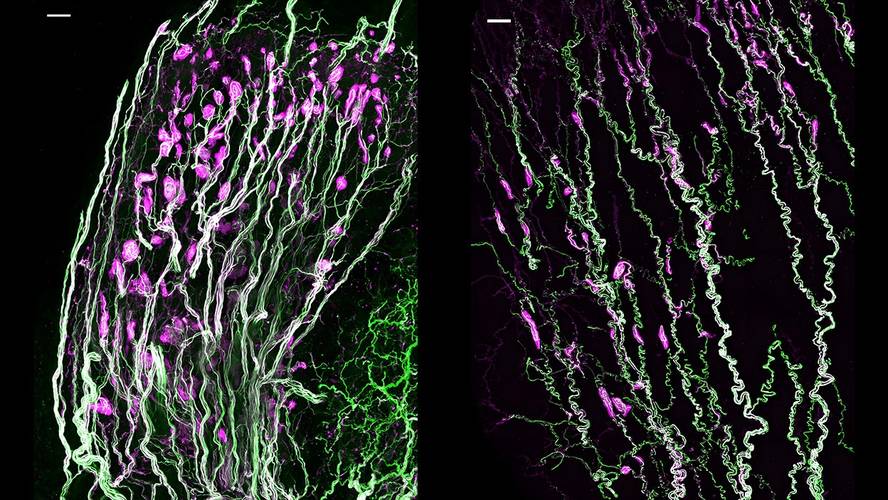Krause corpuscles clarify in mice that have a fundamental function in intercourse

Krause's corpuscles are specialized sensory structures that, although known since the 1850s, were not entirely clear about their functions. Now, in a study with mice, you've seen that they have important functions in intercourse, both in females and in males.
In the journal Nature the work done has been published openly, and it has been explained that the clitoris and the penis, both with corpuscles, have confirmed that its concentration is 15 times higher in the clitoris than in the penis. In addition, using genetic tools, two groups of somatosensory neurons have been distinguished that innervate Kraus corpuscles and have observed that both go to the same sensory end of the spinal cord.
On the other hand, mechanically and electronically stimulated by the clitoris and the penis of mice, have shown that corpuscles respond to frequencies of 40-80 Hz, which is the usual period in sex toys. Specifically stimulated by optogenetics by Kraus's corpuscle, they have observed that the penis rises and the vagina contracts; and that the genetic deactivation of the corpuscles hinders penetration, both by the physical incapacity of the males and by the lack of admission of the females.





